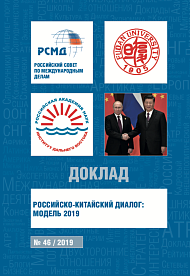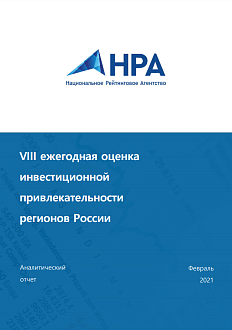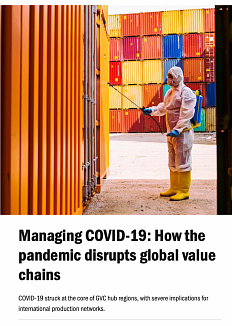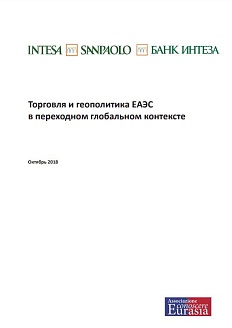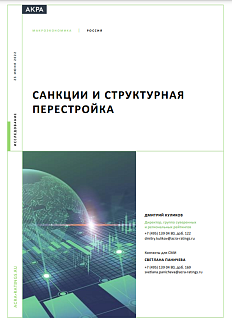The year 2019 marks the 70th anniversary of establishing diplomatic relations between the Russian Federation and the People’s Republic of China. In this anniversary year, it’s equally important for both parties to do an all-round analysis of the relations between the two countries, assess the achievements, identify the unsolved problems, and work out a strategy for the future.
In 2018, Russia and China continued the step-by-step development of an all-round partnership and a strategic collaboration in a wide range of areas. The mutual trade has reached a record high of 107 billion dollars; the efforts to diversify trade turnover are starting to bring results — in particular, supplies of agricultural produce are growing. In the current context of turbulence in international relations, growing security risks, and rising outside pressure, it is becoming increasingly relevant to provide mutual support and coordinate the positions on the most pressing issues on the international agenda — ranging from prospects of global arms control, supporting the central role of universal multilateral institutions, and fighting unilateralist and anti-globalist tendencies in global trade to combatting terrorism and organizing post-conflict reconstruction in countries like Syria.
The two countries play a special role in the matter of ensuring stability in the neighboring regions. Moscow and Beijing must continue to work towards devising common solutions to both traditional and new challenges to regional security, using the Shanghai Cooperation Organization (SCO) as a platform, among other things. A significant contribution to Eurasia’s growth and prosperity will be made by integrating the Russian and the Chinese development strategies and integration and infrastructure initiatives (the Eurasian Economic Union and the Belt and Road Initiative). The integration process received a new impetus in the beginning of 2019 when the second international Belt and Road Forum was held.
The tasks faced by Russia and China in their bilateral relations are even more ambitious. Instead of quantitative growth, the two parties must focus on qualitative changes in their economic cooperation: besides the necessity of diversifying trade turnover with a new focus on high-value-added and high-technology goods, the task of shifting from trade to all-round profound cooperation at all stages of projecting, production, and marketing requires special attention of the parties. Also, the need to include small and medium enterprises in the cooperation remains urgent. Evidently, it will be impossible to solve these tasks without closely cooperating in finance, developing the relevant infrastructure, and ensuring uninterrupted flows of mutual payments in the context of difficulties related to unilateral restrictions imposed by third countries.
Today, in the era of a new technological revolution and a rapid development of technologies, both Russia and China will be unable to ensure their competitiveness on the global arena without giving particular attention to innovations, including those related to artificial intelligence and digital environment. Combining the Russian and the Chinese potential in this area will help the two countries reach leading positions globally.
A large amount of work remains to be done in the sphere of humanitarian relations. The countries still have a lot to do to develop joint research and educational programs, train highly qualified professionals in various fields possessing Russian and Chinese language skills, raise the status value of and the demand for education in Russia and in China among the Chinese and the Russian population respectively.
Further build-up of tourist flows should be accompanied by improving the quality of all services and raising the awareness about the real situation in both countries. It’s important to work towards dispelling stereotypes and misconceptions which still exist among the population of the two countries. An essential role here will be played by an active information exchange via the traditional and the new media, as well as by familiarizing the wider public in both countries with works of classical and modern art of the respective partner state.
It will be impossible to reach these ambitious goals without long-term strategic planning for the collaboration and without devising specific and effective practical solutions with the aid of experts, the business community, and the wider public of the two countries. The annual Russian — Chinese Dialogue report, prepared jointly by the Russian International Affairs Council (RIAC), the Institute of Far Eastern Studies of the Russian Academy of Sciences, and the Institute of International Studies of the Fudan University, is intended to contribute to solving this task as it provides an opportunity to take a regular inventory of Russian — Chinese relations and offer practical recommendations for further collaboration. This issue of the publication gives the results of an analysis of the Russian — Chinese relations in the II–IV quarters of 2018 and the I quarter of 2019.


